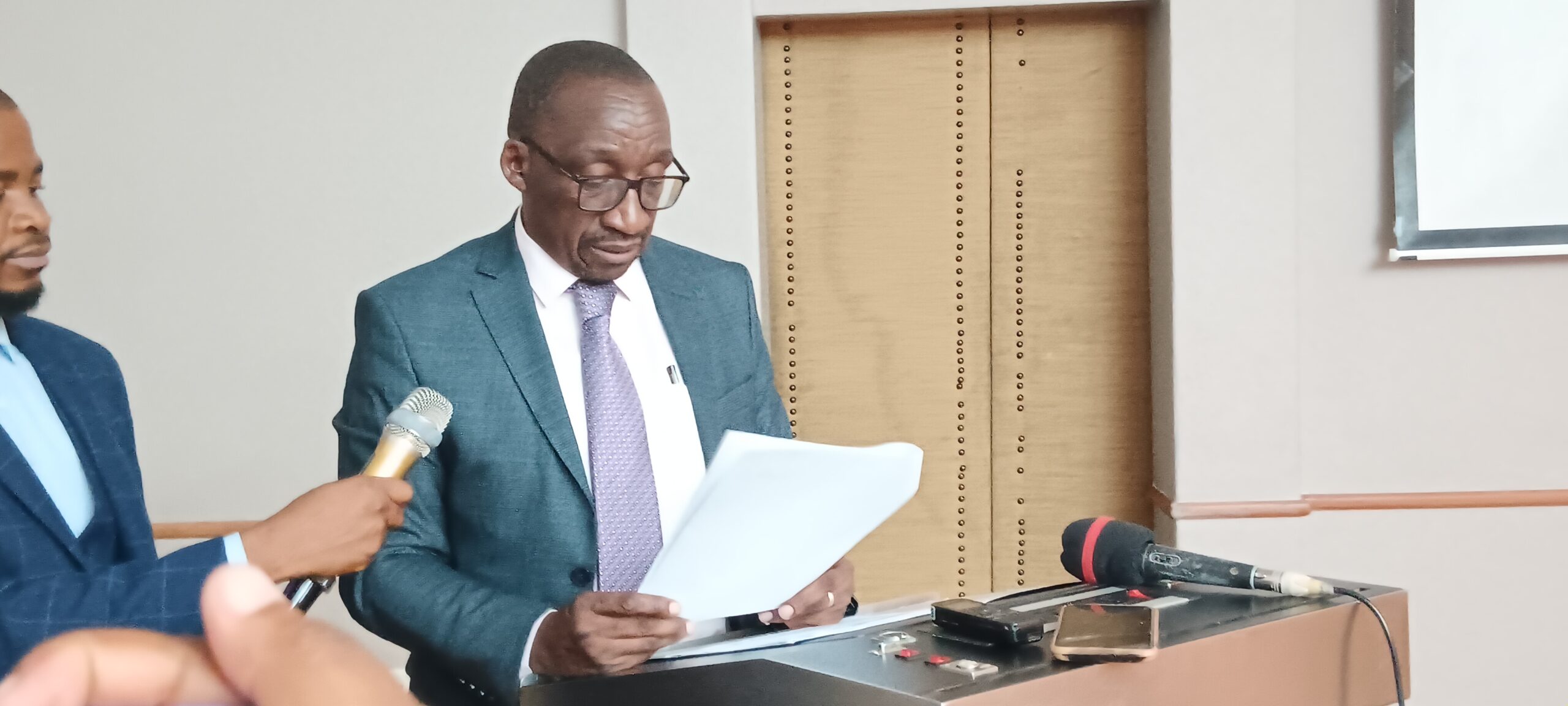
By Jeff Kapembwa
Stakeholders in the water sector in Zambia are reviewing the law to counter climate change effects, including a drought that ravaged the Southern country’s infrastructure and agriculture production last season, leaving about 20 million people food insecure.
Stakeholders in water development and sanitation are reviewing the Water Resources Management Act 21 of 2011.
This is to address key gaps and challenges delaying its implementation while seeking to incorporate climate actions including water harvesting with the recurring crisis that has affected the environment and human beings.
The review underway in Lusaka is arguably to assess the current provisions, identify gaps, and make targeted adjustments to improve the Act’s effectiveness and help plug the climate change crisis.
Ultimately, the outcome is envisaged to align the Act with the revised Act with the 2024 National Water Policy, giving a holistic vision for the water sector while ensuring the law remains responsive to Zambia’s water management needs.
Officiating at the review meeting in Lusaka, Thursday, which attracted various players including the Water Management Resource Authority-WARMA Permanent Secretary, Romas Kamanga said the review of the Act was overdue to help redress gaps in the16-year-old-Act and include among others, the operationalization of governance structures among others, Catchment Councils, Sub-Catchment Councils, and Water User Associations.
The review will seek to redress the inadequate povisions for hydrological and hydrogeological services, redress ambiguities in the role of the Ministry’s Directorate responsible for water resources planning and the management of shared watercourses, particularly under Articles 27 and 55–59 of the Act among other actions.
Eng. Kamanga envisages the revisions will further help align the Act with the revised National Water Policy and international water law frameworks; modernizing institutional arrangements to enhance governance and service delivery.
It will strengthen provisions for water resources planning, rainwater harvesting, and national water security.
It will clarify and enhance the functioning of the Water Development Trust Fund to ensure sustainable financing for water-related initiatives, among other requirements as espoused under the new order.
“Once finalized, the revised Act is expected to deliver significant improvements, including enhanced water governance, leading to greater efficiency in managing Zambia’s water resources and increase national water security, ensuring resilience against climate change and population growth pressures” Eng. Kamanga said.
Arguably, reviewing the act was an idea to help sector players to strive to strengthen frameworks for rainwater harvesting, contributing to Zambia’s efforts to mitigate the impacts of climate change.
The 2024 National Water Policy in Zambia seeks to achieve universal access to safe and reliable water supply and sanitation services by integrating water resource management and development with water supply and sanitation.
It ensures coordinated and effective provision of these services across the country, with a strong focus on community-based rural access and robust institutional structures for management and resource mobilization.
Background:
The 2024-US$35 billion National Water Policy was launched by the Minister of Water Development and Sanitation, Collins Nzovu as part of a wider effort to secure Zambia’s water future. The launch also included the launch of the Resource Mobilisation Strategy and Implementation Roadmap for the Zambia Water Investment Programme (ZIP).
The Water and Sanitation sector in Zambia has been undergoing reform since 1993. The Water Supply and Sanitation Act No. 28 of 1997 created an institutional framework focusing on service provision and regulatory functions.
The Water Supply and Sanitation Act establishes the National Water Supply and Sanitation Council and defines its functions. Local authorities are responsible for establishing water supply and sanitation utilities.
The National Water Policy seeks to remedy this chaotic situation by bringing order and discipline in the exploration, management, and use of water resources in Zambia.
The 2010 National Water Policy was meant to underpin and bring the water sector reforms to a conclusion. There are three subsectors under the water sector namely: Water Resources Development (WRD); Water Supply and Sanitation (WSS); and Water Resources Management (WRM).
Common to the three sub-sectors is the aspect of water resources planning which requires an integrated approach to ensure coordinated water resource development, management, and utilisation.
Experts in the water sector, estimate the National Water Policy would effectively be completed and operationalized by 2030.
